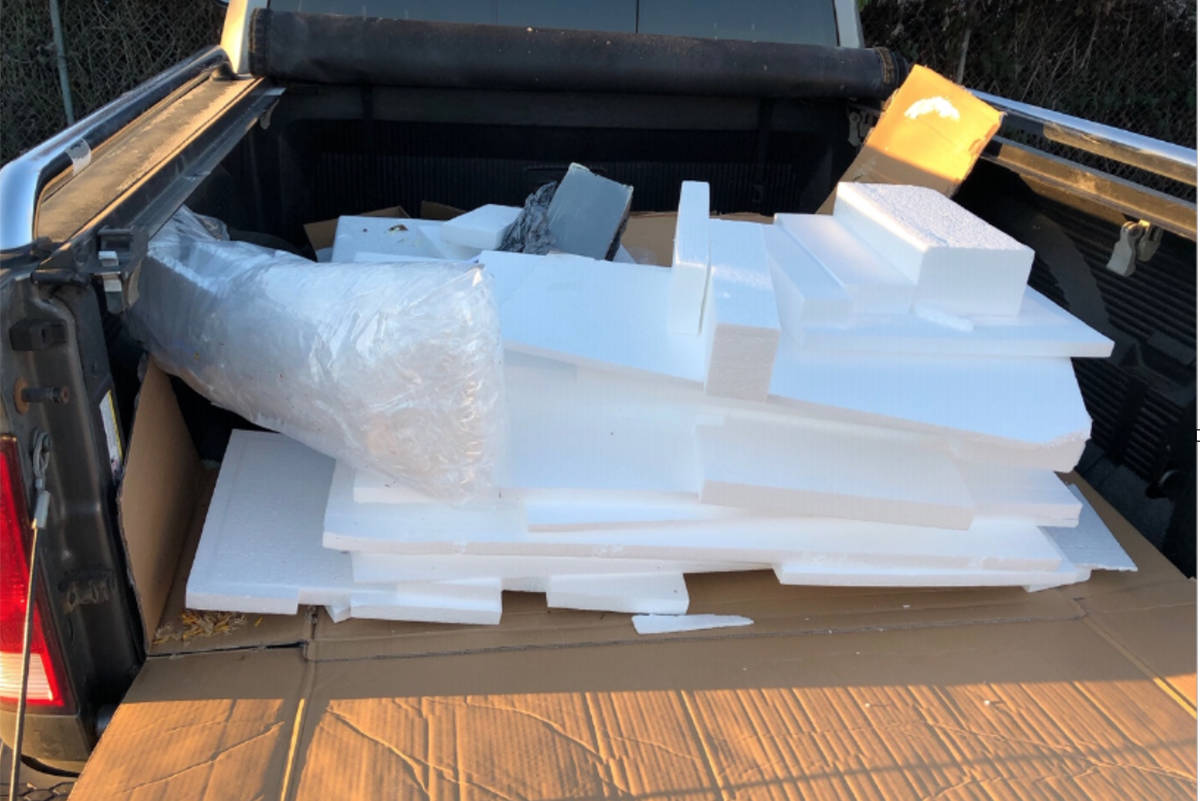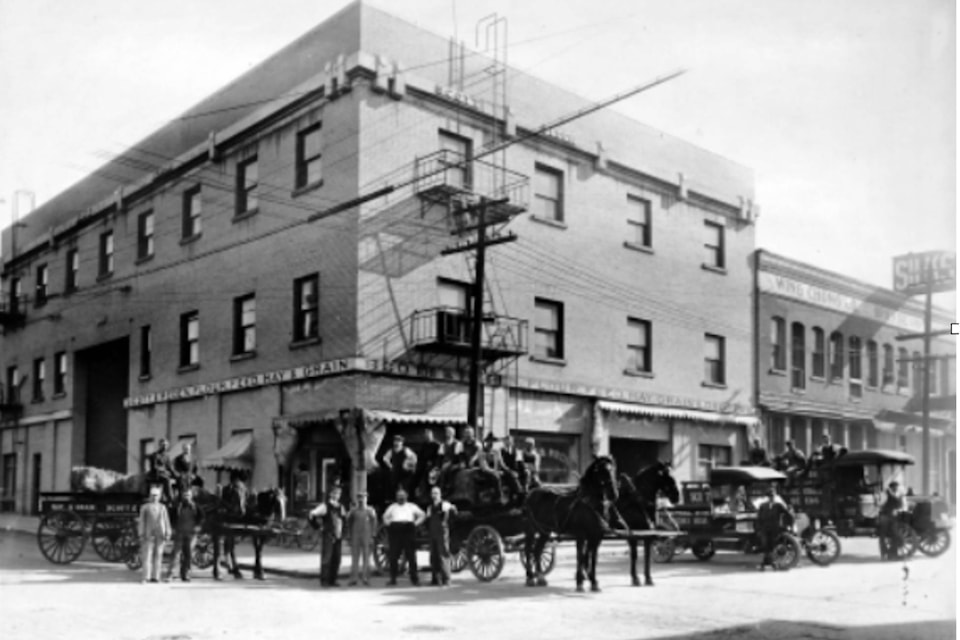By Kelvin McCulloch
Buckerfield’s CEO
The picture above was taken in the early 1900s in front of what is now the Swan Pub in Victoria, B.C. This feed dealership would eventually become a Buckerfield’s store in the 1950s.
The picture shows what commerce looked like in the last days of environmental sustainability. Greenhouse gas emissions were minimal. Natural processes rather than man-made ones dominated the evolution of the planet. Industry relied on manual labour, horse-drawn carriages, the emerging motorcar, rail, hydroelectricity, coal and steam levels that could be sustained.
Global business was limited. There was no plastic, no computers, no cell phones, no digital cameras, no television, no air travel, no GPS, no satellites, no box stores, no credit cards, no online shopping, no social media.
The pace was slower. Expectations and offerings were simpler.
There are two horse-drawn wagons and two trucks in the picture. The wagons operated at a classical two horsepower each, that’s four horsepower. The two commercial trucks might have operated at 40 horsepower each. All the motive transportation in the picture might have produced a whopping 84 horsepower. That’s how the business was operated.
Now, picture the cars in a big box store parking lot one week before Christmas. Imagine the mountains of consumer goods that will be put into those cars and transported home. Virtually every car in the lot will have more than 130 horsepower. Many will have up to 400 horsepower to do about the same kind of work as one of the horse-drawn wagons in the picture. In total, there will be tens of thousands of horsepower sitting in the box store parking lot at any one time. Imagine for a moment the amount of carbon dioxide produced by all that horsepower.
Now imagine all the box store products, the extruded plastics, the computers, the consumer electronics, small appliances, major appliances, on and on. None of these things existed in the 1920s.
Imagine the amount of greenhouse gas emissions produced by the manufacturing processes required to create all the box store products. Imagine how much greenhouse gas is produced transporting all those products from the factories in China where they are made to the box stores in our communities.
Now picture the waste material produced by a 1920s consumer. What did it look like? How much was there per person? Compare that with the waste that will be generated when all the cars in the box store parking lot drive home and the unboxing begins. Picture all the styrofoam and plastic and cardboard discarded.
Much of that box store product comes from China, hence the need for all that packaging. Not so in the 1920s when people’s needs were simpler and many of the products were produced in their own local areas and domestic markets.
How do we go forward – or backward – to a time when the environment is truly life giving and sustainable again? Can we get by with one or two horsepower? Can we limit our demands and expectations? Can we re-establish simple, local markets to minimize our carbon footprint? Can we minimize our waste gases and other materials to levels that do not alter the climate and destroy the planet? Let’s think about our early beginnings, remember there was a time … and try to find our way once again, before it’s too late.


